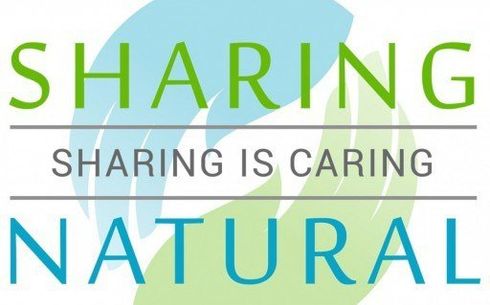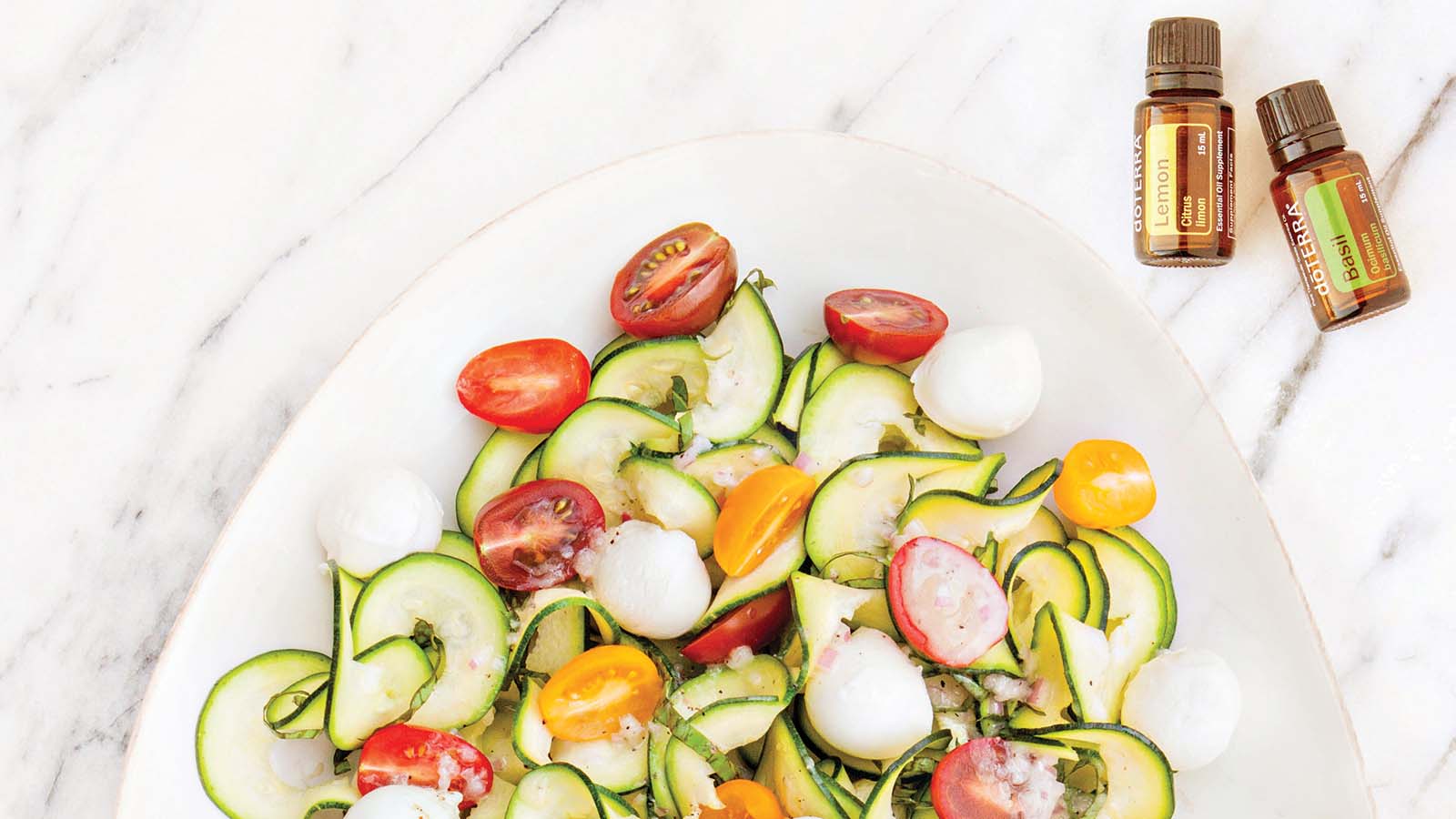By Mary Beth Michael
•
May 29, 2020
I have come to know and love purslane while working a farmers market at Tomazin Farms located in Samsula, Florida. The owners Missy and Paul Tomazin have been growing and offering purslane right along with the many other vegetables in season during the spring here in Florida. What I have learned since being introduced to this succulent plant is that it is also growing naturally in a few of my garden beds! It is very common for purslane to spring up from the cracks in sidewalks and driveways. You may want to take a closer look around your home...you too may discover it naturally growing. All over the planet, purslane has been an accessible source of food and medicine. It has been known to be used as a medicinal plant in ancient Egypt and has been cultivated on the Arabian Peninsula and in the Mediterranean region since the Middle Ages. HOW TO IDENTIFY Purslane is a low-growing plant that has succulent leaves and thick stems that branch out from a central taproot and sprawl along the ground. It's leaves are ovate to oblong, flat, smooth, and arranged either oppositely or alternately along the stem. The stems, and sometimes the leave edges may be reddish in color. It has small yellow flowers with 4-6 but, usually 5 petals. The fruit is a little capsule that splits to release numerous tiny black seeds. It likes full sun to partial shade. If you are naturally foraging this plant, you need to be aware of a plant with somewhat similar appearance that often grows near purslane and is poisonous. This poisonous plant is called spurge and has a thinner (sometimes hairy) stem with flatter, non-succulent leaves. The stem of spurge will exude a milky white sap that can irritate the skin. MEDICINAL PROPERTIES AND ENERGETICS The leaves of the purslane plant can be cooling and moistening to the skin and can be used to soothe hot, irritated tissues. Great for sunburn or a dry cough. Great for cooling down on a hot summer day. The great thing about purslane is that every part of this nutritious plant is edible. It has been identified as one of the richest vegetable source of alpha-linolenic acid (ALA), and essential omega-3 fatty acid that has been shown to help prevent heart disease and stroke and may protect against cancer. If you don't like to consume fish oils, then purlsane can be used instead since it contains 5 times more omega-3's! It also contains high amounts of vitamin A (beta-carotene), vitamin C (ascorbic acid) and vitamin E (alpha tocopherol) as well as potassium, magnesium, calcium, phosphorus, and iron. There are many ways to prepare this nutrient rich food. It is quite tasty and has a lemony herb flavor that has been used in numerous culinary traditions. Clinical studies have shown purslane seeds to have a promise for treatment of type 2 diabetes. ( "Effects of Portulaca oleracea L. Seeds in Treatment of Type-2 Diabetes Lellitus Patients as Adjunctive and Alternative Therapy," Journal of Ethnopharmacology 137, no 1 September, 2011. Purslane is very useful for hot, irritated skin conditions and can soothe superficial burns sunburns, insect bites/stings, heat rashes, and other inflamed or itchy skin. Simply mash the leaves and stems to make a poultice. Purslane has also been used as a compress to alleviate headaches and fever discomfort. Because of purslane's high concentration of potassium, it can be used as a muscle relaxant. COOKING WITH PURSLANE Purslane may be eaten and enjoyed fresh or cooked. The lemony herb flavor of the leaves and stems are a great addition to green salads and potato salads. Also a great addition on sandwiches. Blend with smoothies and juices. Try adding it to cold soups like gazpacho. Purslane turns slightly more gelatinous when cooked so be aware of that if you choose to sauteed or use in hot soups. OTHER TRADITIONAL USES Pursulane leaves can be used fresh or dried to make infusions or poultice. It is recommended to infuse pursulane in vinegar to extract its mineral content or you can infuse it in oil to make salves and serums. Pursulane is both medicine and food. SPECIAL CONSIDERATIONS AND CAUTIONS Pursulane should be avoided raw in large amounts if you are prone to form calcium oxalate kidney stones. Cooking or blanching reduces the oxalates. Animal studies have shown that large amounts of purslane may induce uterine contractions. Medicinal use is not recommended during pregnancy except under the supervision of a qualified health-care practitioner. Animal studies have also shown that purslane may modify glucose regulation. People with diabetes are advised to consult a qualified health care practitioner before use. Consider purslane a gift! The lives of people and purslane have been interwoven for ages all over the world!












